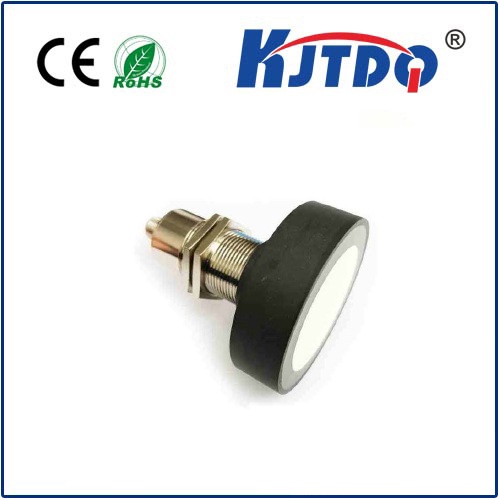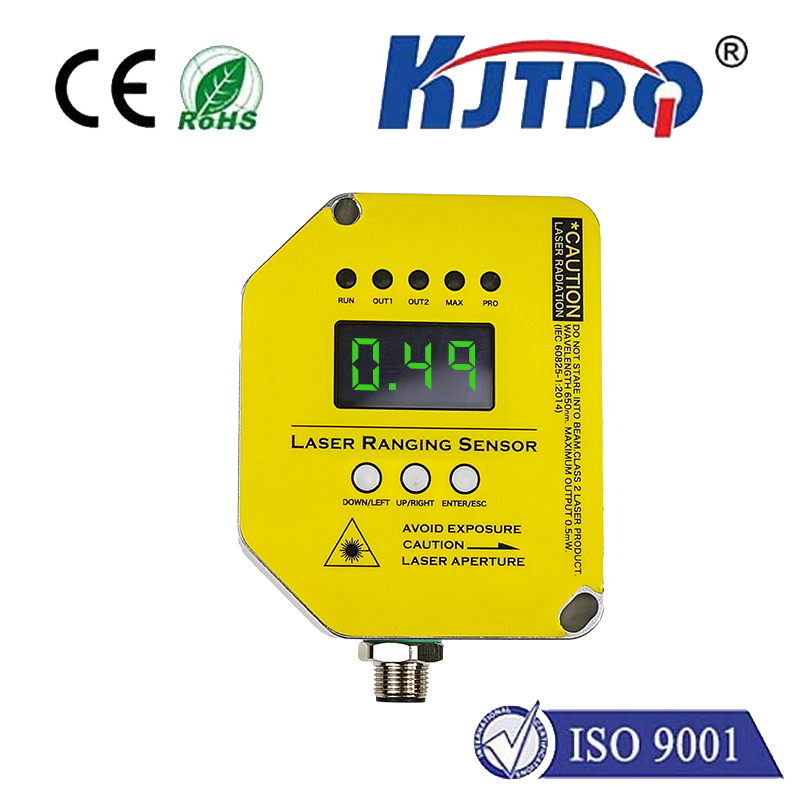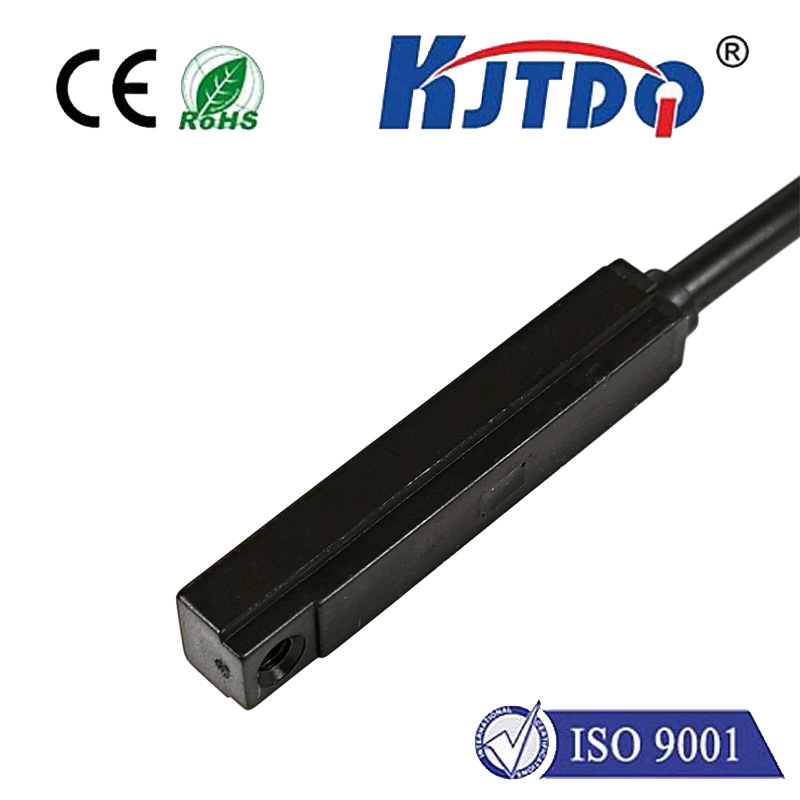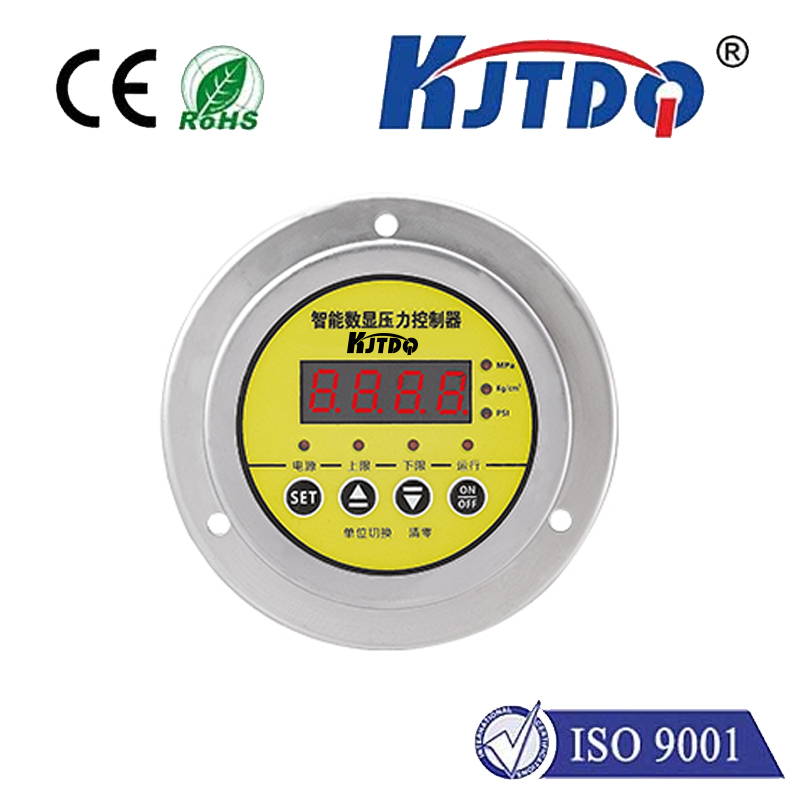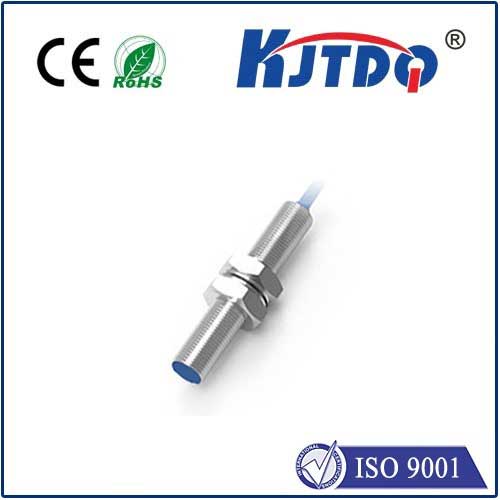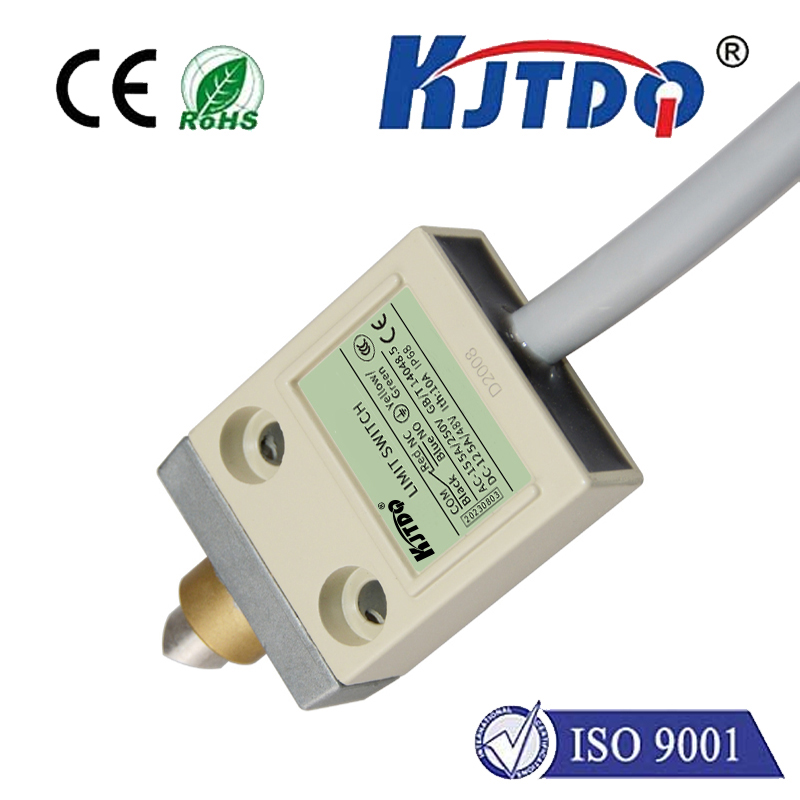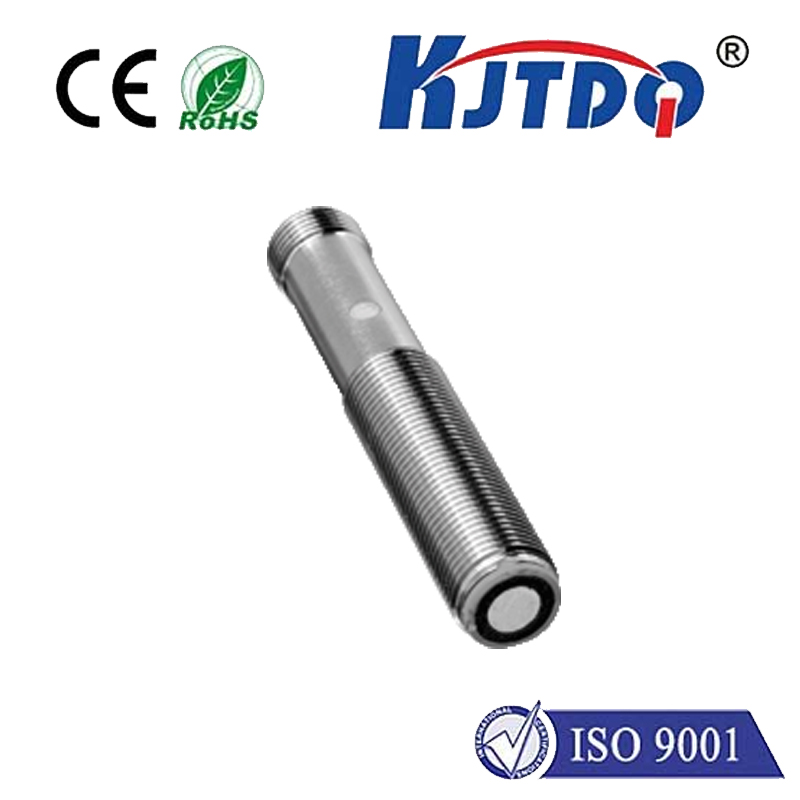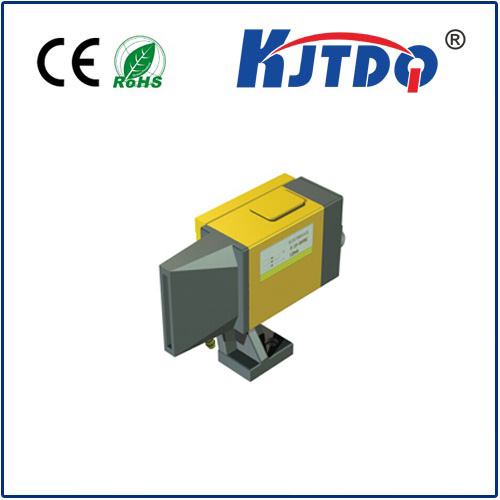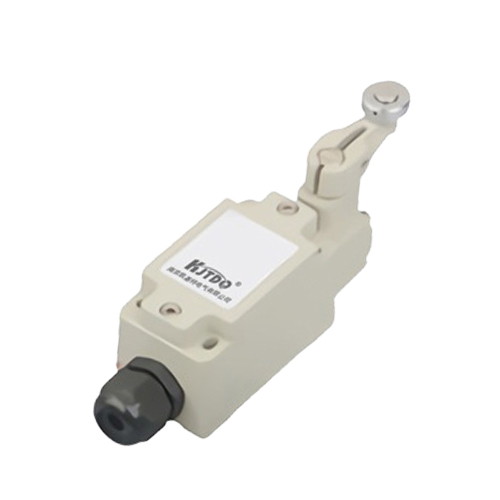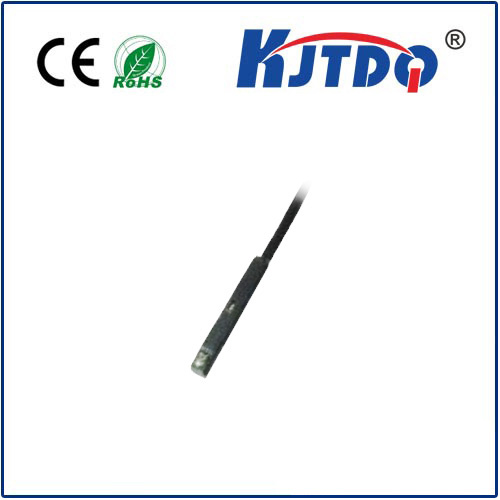

check

check

check

check

check

check

check

check

check

check
Title: Exploring the Innovative World of Pyroelectric Power Meters
In today's era of rapid technological advancement, the quest for renewable energy sources has become more pressing than ever. Amidst this pursuit, a fascinating development in the field of energy conversion technology has emerged: the pyroelectric power meter. This innovative device harnesses the power of temperature fluctuations to generate electricity, offering a promising pathway for sustainable energy production. Let's delve into the intriguing world of pyroelectric power meters and understand their significance.
The Working Principle of Pyroelectric Power Meters
Pyroelectric power meters operate on the principle of the pyroelectric effect, which occurs in certain materials that can generate a temporary voltage when subjected to a change in temperature. These materials possess a unique property whereby they exhibit a charge separation upon heating or cooling. The resultant electric potential difference can drive an electrical current, converting thermal energy directly into electrical energy without the need for any moving parts.

Advantages of Pyroelectric Energy Conversion
One of the primary advantages of pyroelectric energy conversion is its ability to function under a wide range of temperatures, making it suitable for various applications. Unlike solar cells, which require sunlight, pyroelectric devices can work indoors or in environments with fluctuating thermal conditions. They are also scalable, meaning their size can be adjusted according to power requirements, allowing them to fit seamlessly into different scenarios ranging from small-scale portable electronics to larger industrial applications.
Potential Use Cases for Pyroelectric Power Meters
The potential applications for pyroelectric power meters are vast and varied. One area where they could make a significant impact is wearable technology, where body heat could be used to power devices such as fitness trackers or smartwatches. Industrial settings, particularly those with high temperature variations like power plants or manufacturing facilities, might use pyroelectric generators to harvest wasted thermal energy. Even outdoor environments, such as highways or busy streets, could incorporate pyroelectric elements into road surfaces to capture the heat generated by passing vehicles and convert it into usable electricity.
Challenges and Future Prospects
Despite their promise, there are challenges associated with developing and implementing pyroelectric power systems on a large scale. Efficiency is a key concern, as currently available pyroelectric materials do not have very high conversion rates. Furthermore, integrating these systems into existing infrastructure requires careful design considerations to ensure optimal performance and longevity.
Nevertheless, ongoing research aims to enhance material properties and efficiency rates, paving the way for more widespread adoption. With continued innovation in materials science and engineering, pyroelectric power meters may soon become a common sight in our quest for sustainable energy solutions, contributing significantly to our energy future.
Conclusion
Pyroelectric power meters represent an exciting frontier in alternative energy technologies. By tapping into the inherent energy of temperature changes, they offer a novel approach to generating electricity that is both versatile and sustainable. As we continue to seek greener energy options and strive to reduce our carbon footprint, the role of pyroelectric power meters in our energy landscape is poised to expand, showcasing the transformative potential of this groundbreaking technology.
